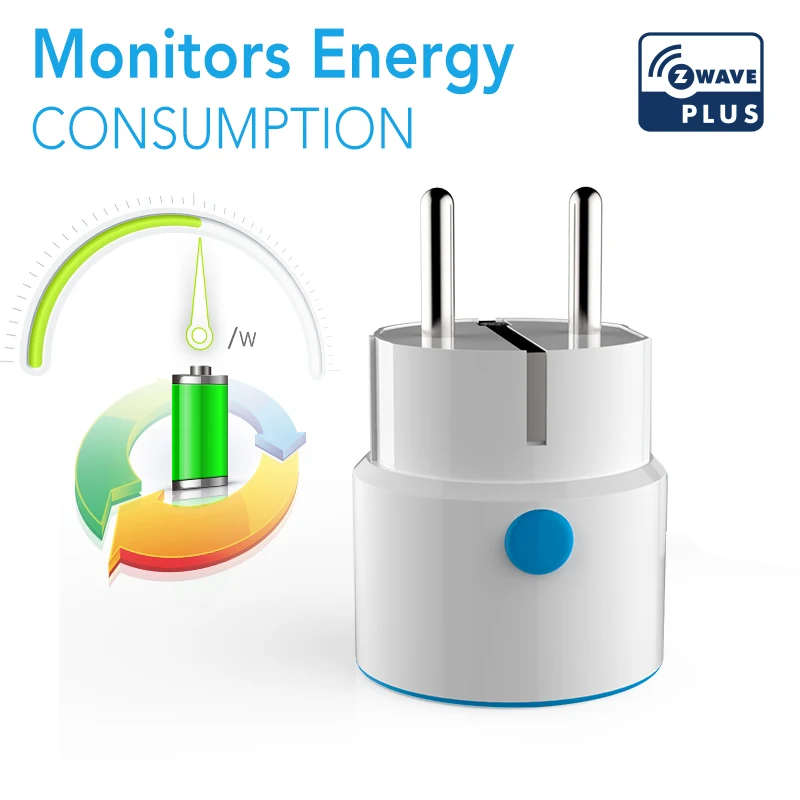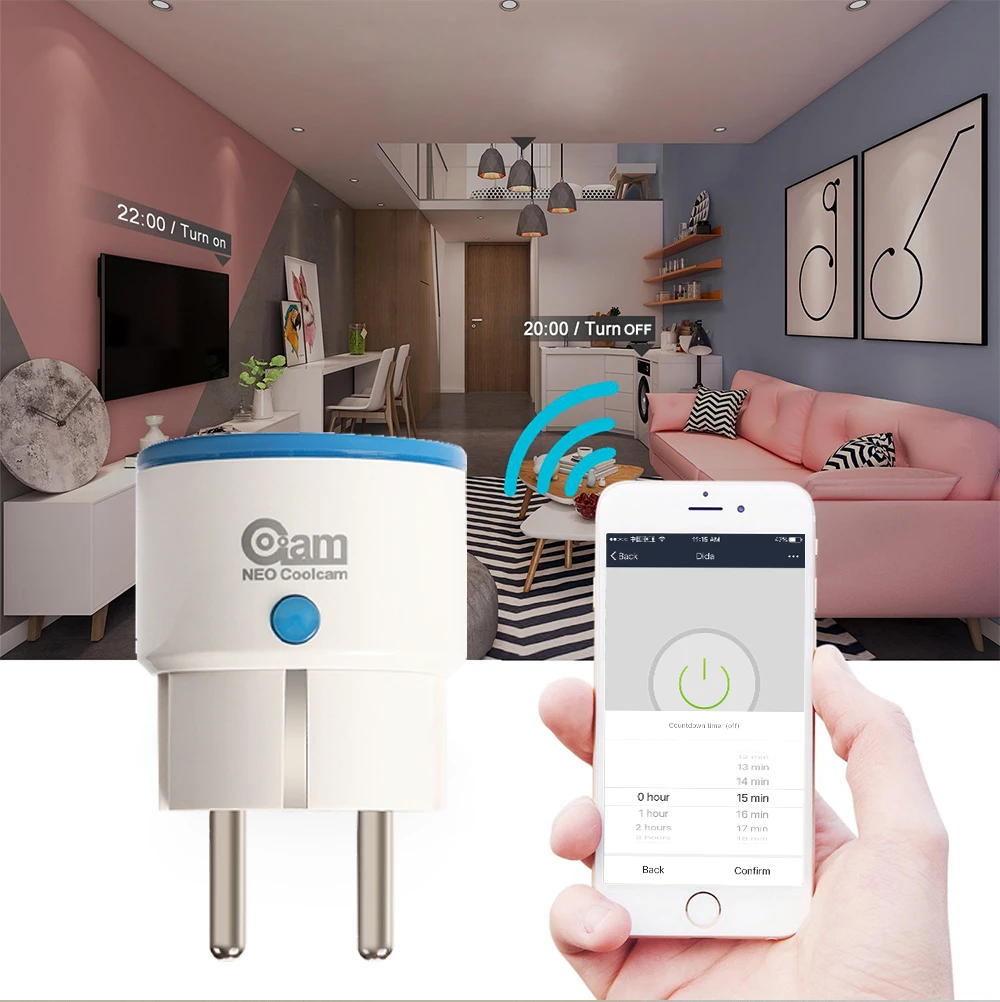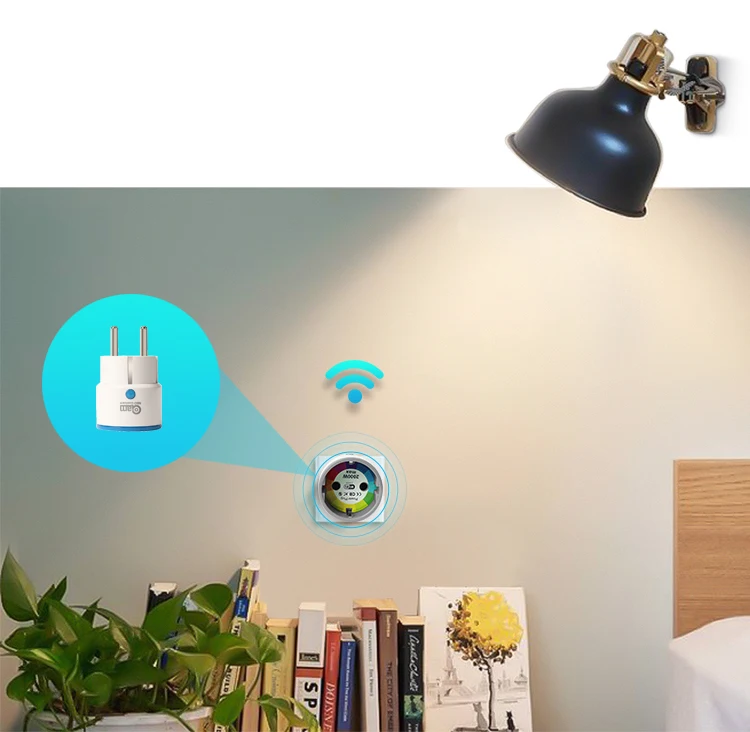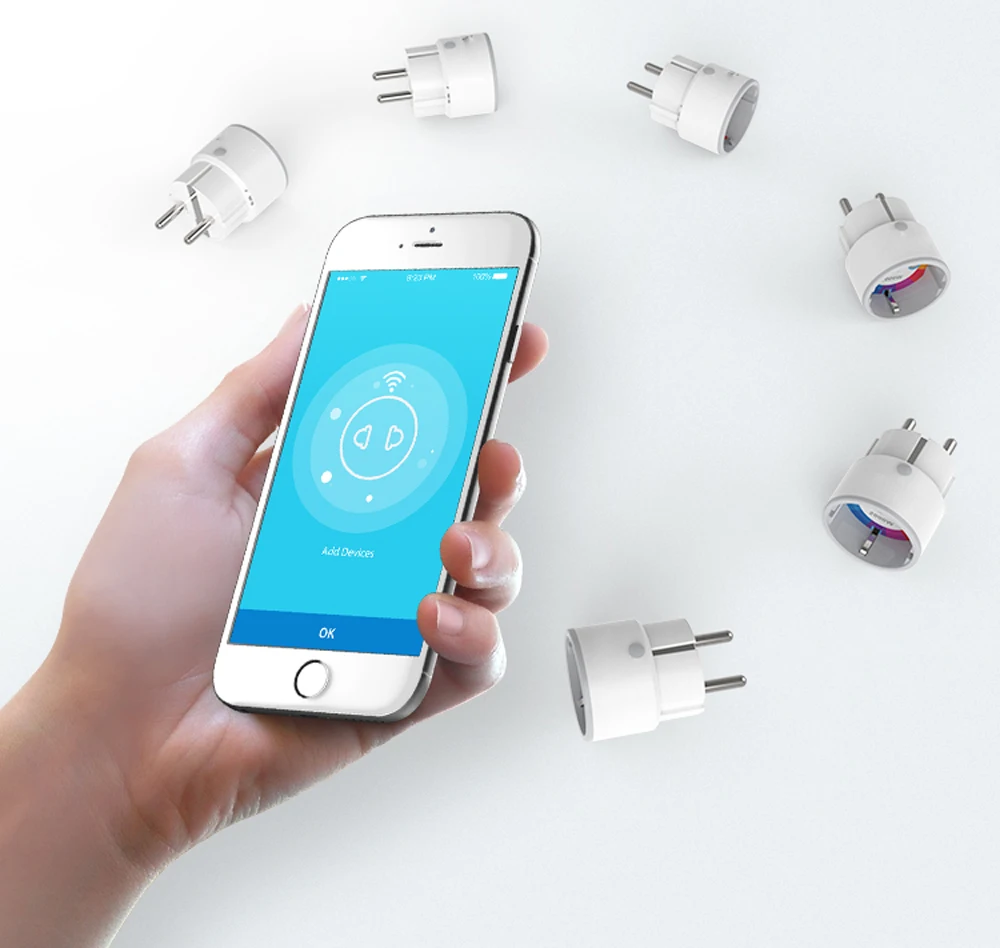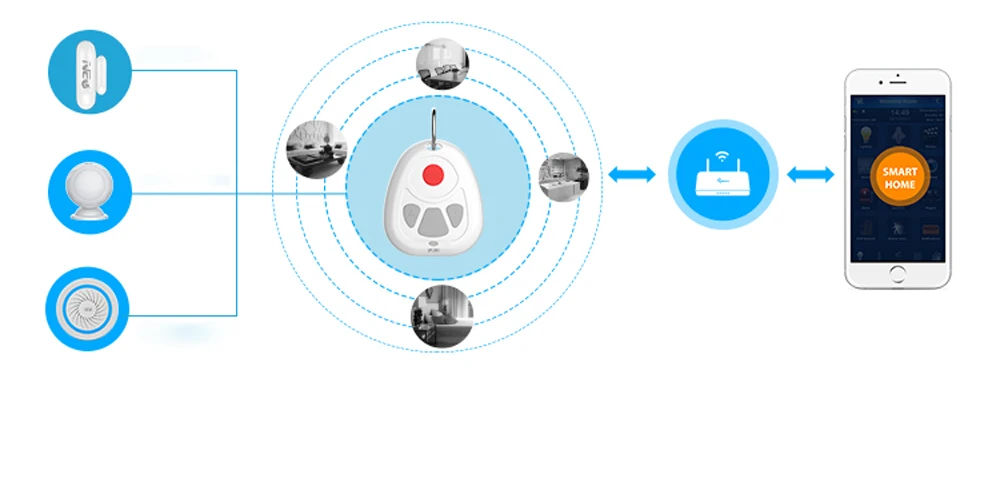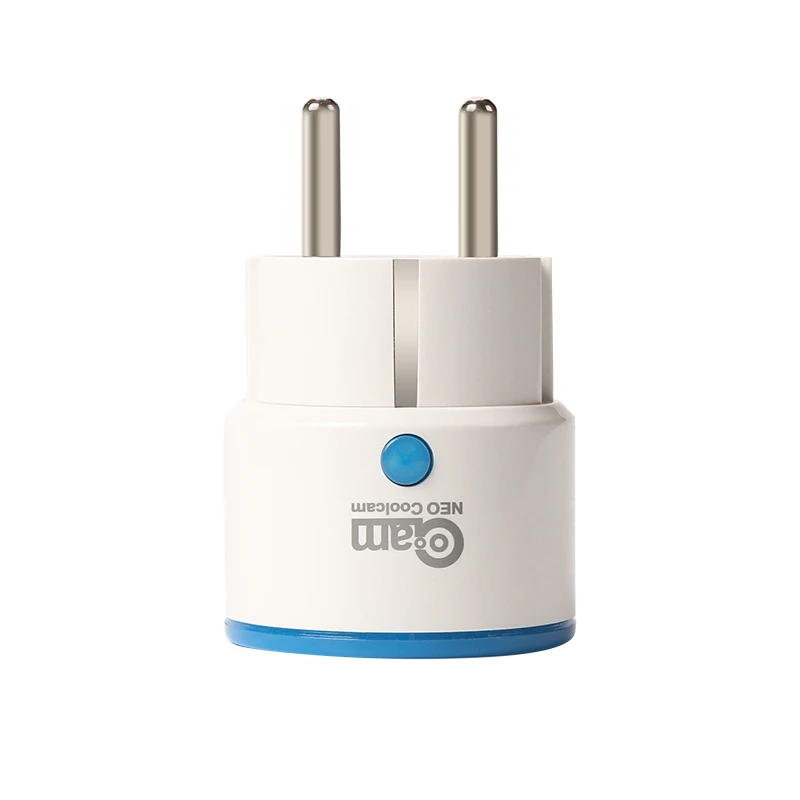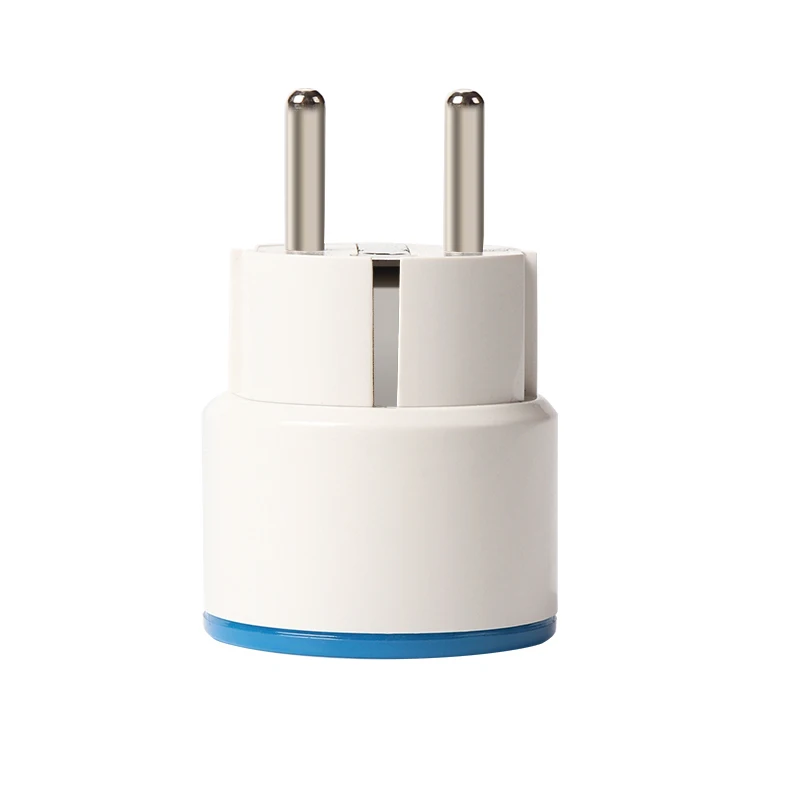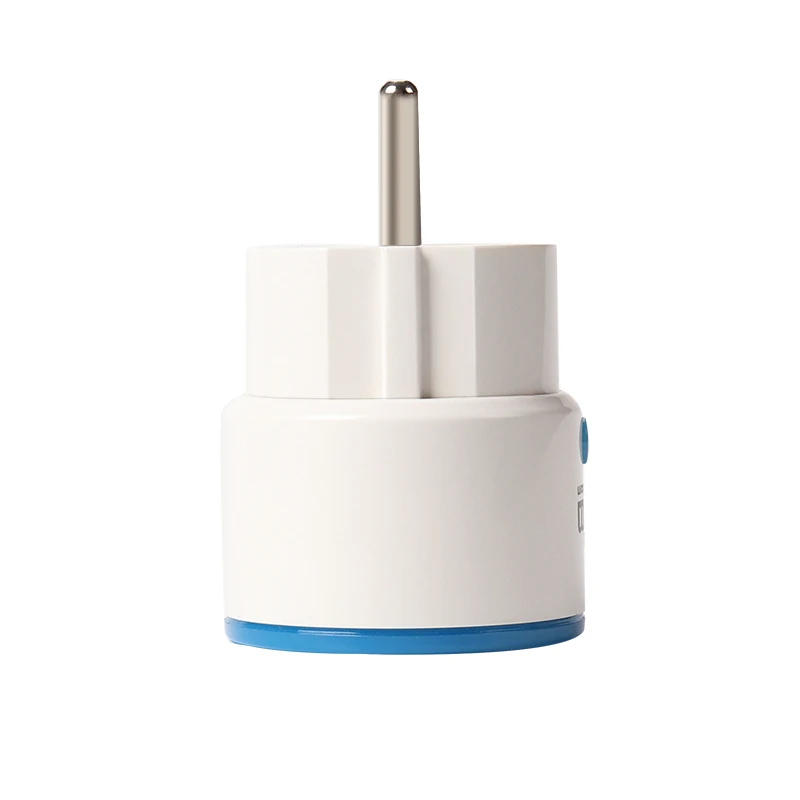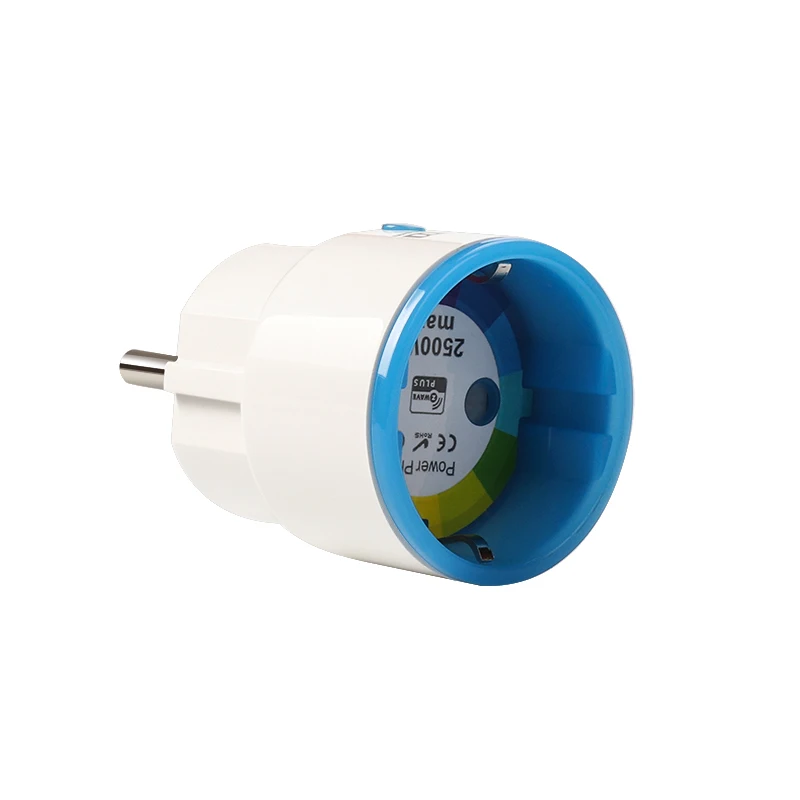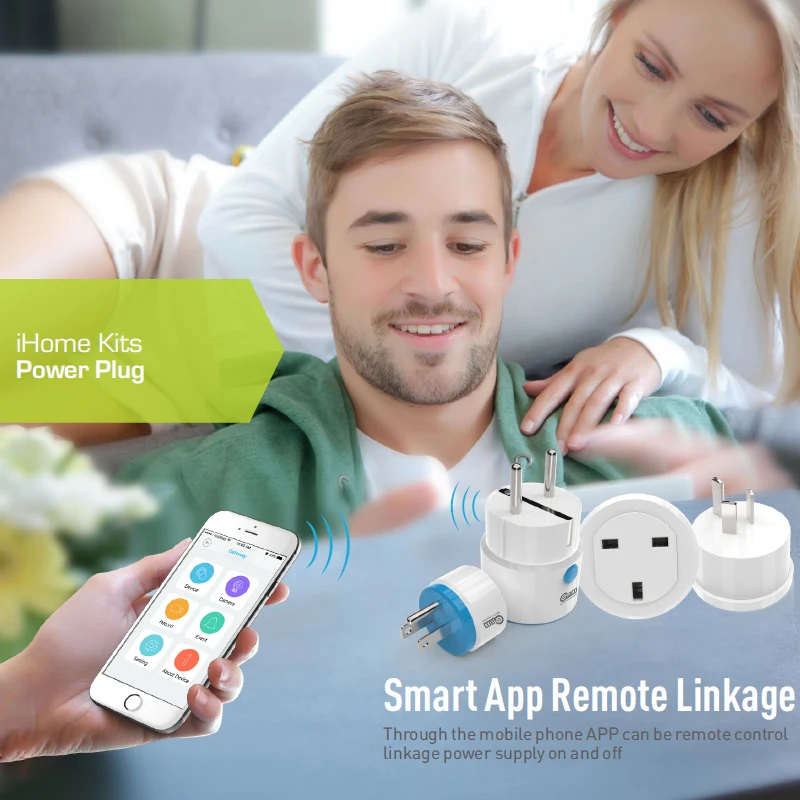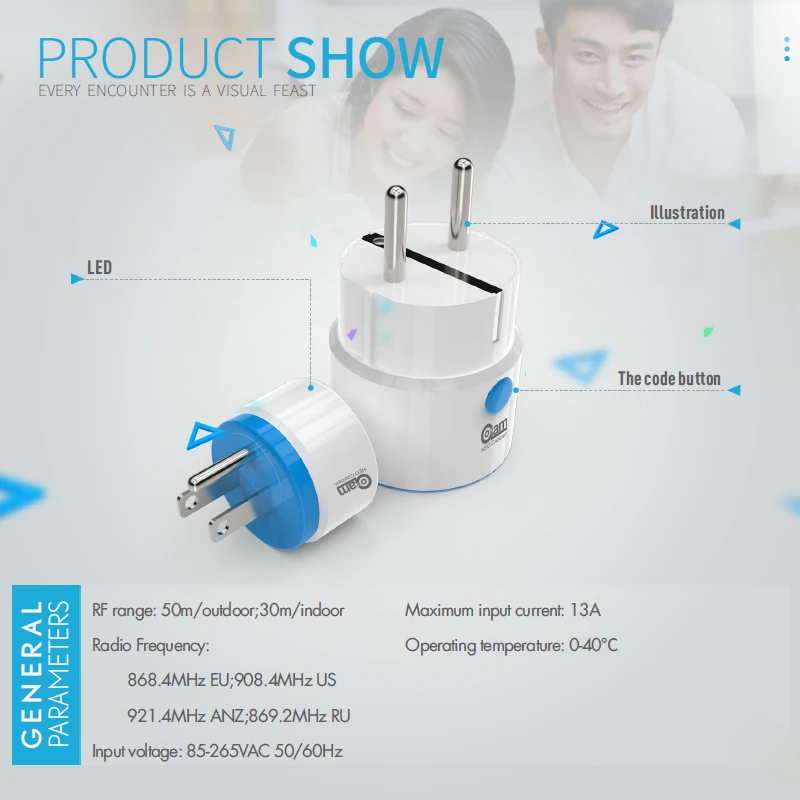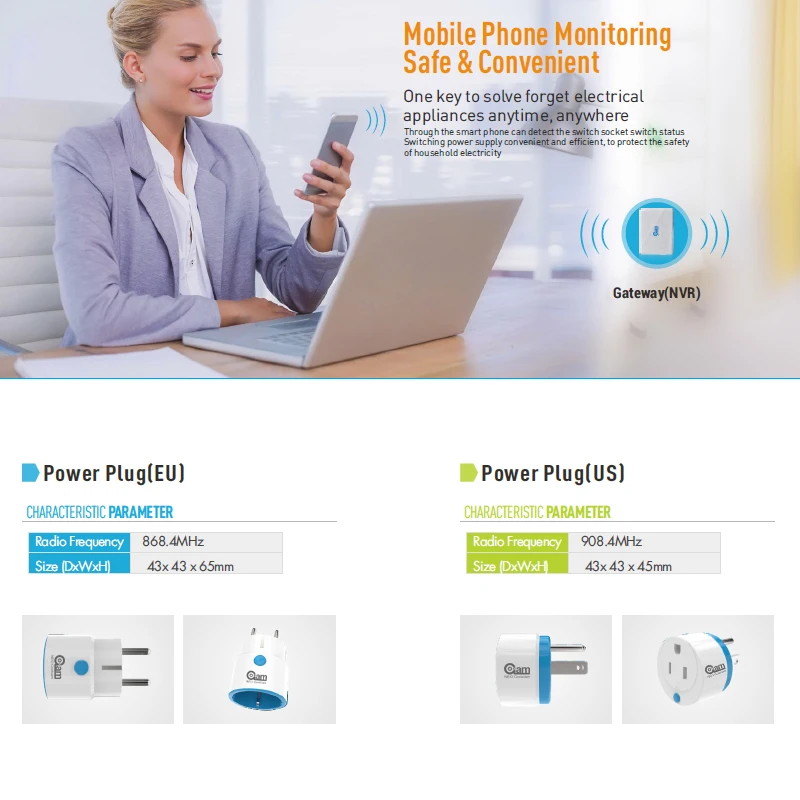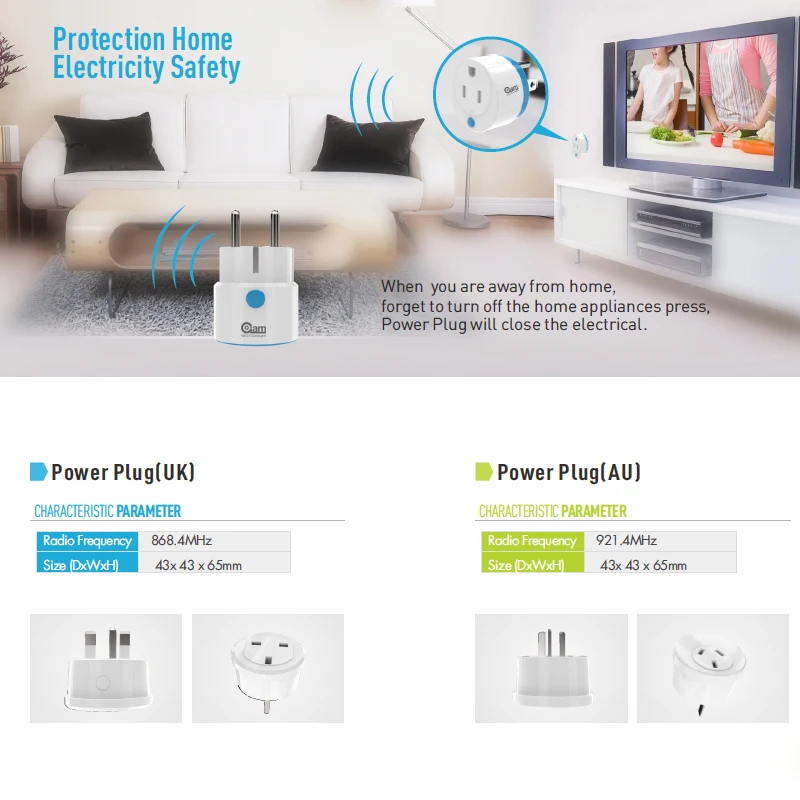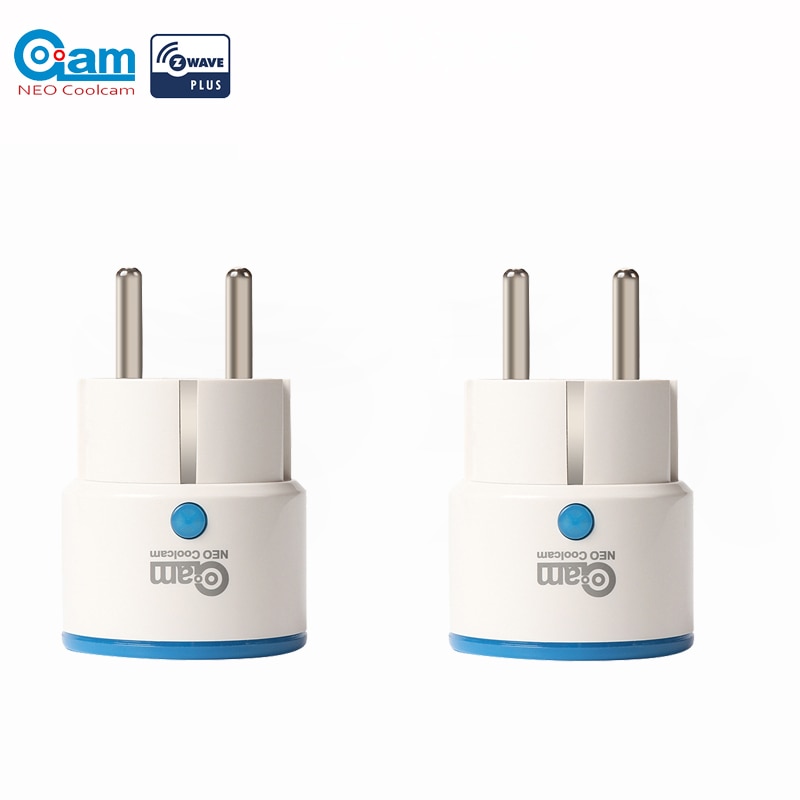SALE 40% OFF
Z-Wave: What it is and What It Means for Your Smart Home
If you’re not a total techie, the world of smart home technology can sometimes be a little intimidating to navigate. We’re here to break it down for you:
What is Z-Wave?
Z-Wave is a wireless protocol that focuses on connectivity within the smart home. It uses low-energy radio waves to let smart devices communicate with one another. (For a comparison, think that the Z-Wave connectivity range is bigger than that of Bluetooth, but smaller than that of Wi-Fi.)
How is Z-Wave connectivity different than Wi-Fi?
With Wi-Fi, everything has to be connected to a central hub—like a router. Z-Wave connectivity, on the other hand, forms a mesh network. This means that all the Z-Wave devices link up together.
Usually, there will be one central hub that connects to the internet, but all the devices themselves don’t have Wi-Fi capabilities; instead, they use Z-Wave connectivity to talk to each other and to the central hub.
This source-routed mesh network topology has 232 nodes, which means that you can connect 232 smart devices to the network.
How is Z-Wave different than Zigbee?
Basically, Z-Wave was designed to be simpler to use and less expensive than Zigbee.
Plus, while both Z-Wave and Zigbee form mesh networks, Z-Wave operates on a 800-900 MHz frequency range, instead of Zigbee’s 2.4GHz frequency range. This means that Z-Wave gets much less interference than Zigbee.
What does Z-Wave mean for your smart home?
Z-Wave connectivity means that you can easily build a smart home that is customized specifically for your needs.
All Z-wave devices (of which there are over 24,000) are completely interoperable with one another—no exceptions. This means you have the flexibility to create a smart home network unique for your lifestyle.
Plus, Z-Wave’s new 700 series (announced at CES 2018) has a range of 100 meters for point-to-point contact, so you can outfit your home with smart devices, both inside and out. And, because this new platform operates on such low power, some sensors will be able to run for 10 years on a single battery.
Build your own Z-Wave smart home network. Start with a smart hub, and then add smart lighting, smart locks, smart sensors, and more to make your home a Z-Wave home.
Discription:
The On/Off Plug-In Switch not only lets your Z-Wave Hub turn on or off any plugged in device, it will also let you know how
much power it eats up everyday. Plus, it has built-in overload protection to prevent sparks and stuff, its small size so it doesn’t
hog the adjacent outlet, and it extends your Z-Wave range. and it is compatible with following brand alarm host:Fibaro/Vera/Zipato/Wink
SPECIFICATIONS
Z-Wave Signal Frequency: 868.4 MHz
Power: 110V, 60Hz
Maximum Load: 13A
Power consumption: 0.13W
Operating Temperature: 32 – 104 F
Range: Up to 100 feet line of sight
Installation and Use: Indoor only
Weight: 1 1/2 oz
What It Does
Instant Wireless Control
Control lamps and small appliances wirelessly with your smart phone or laptop.
Energy Efficient
Monitor energy consumption in live mode or over time. Save on bills and enjoy a more efficient home.
Complete Customization
Build your own schedules and events designed around your needs. Use advanced configurations to allow or disable manual control of the plug. Set the timer to turn appliances off automatically.
Simplest Set Up
Installation is virtually instant, and a compact size gives full access to the second outlet in a standard receptacle.
Stronger Connectivity
Z-Wave Plus provides faster and safer wireless connectivity. The built-in range extender guarantees a stronger network.
